In recent history, many sports leagues have changed their rules in order to protect their players. In contact sports especially, players are plagued with injuries every year. Because of this, managers, owners and committees are always looking for a better way to keep their athletes safe.
Nobody wants to see an injury like Washington Redskins quarterback Joe Theismann had when he played against New York Giants linebacker Lawrence Taylor. Nobody wants to see an injury like the Indiana Pacers’ Paul George had during a Team USA scrimmage.
As injuries happen, owners and commissioners are quick to change the way entire sports are played. In Theismann’s case, many quarterback safety rules were put in place to protect the passer. While some changes have been met with praise from players and fans, others have been heavily criticized.
When the NCAA football adopted instant replay in 2006, it was an incredible addition to the sport. Before, teams had to rely on the eyes of referees to call a fair game without review. If a referee made a questionable call, the NCAA couldn’t review it.
With this new addition, referees were now able to review close calls. No longer could players get away with illegal hits with instant replay, referees were able to determine if certain tackles or hits were illegal.
However, in recent years, a few rule changes made sports less enjoyable to watch. Many of these angered fans — none more so than the targeting rule in college football. The rule states players are not allowed to make unnecessary contact that goes beyond making a legal tackle or legal block.
When the NCAA adopted this rule in 2008, there was just a 15-yard penalty for the team. However, after the NCAA revisited the targeting rule in 2013, players who were flagged for targeting were automatically ejected from the game on top of the 15-yard penalty.
The thing is, at the time, most fans, coaches and players were completely OK with this rule. Few criticized it because they believed contact above the shoulders or unnecessary contact could be dangerous for the players. In recent memory, this rule has gone from a great addition to the sport of college football to the most disliked rule of the sport.
This is football we are talking about — there is supposed to be a great amount of contact in this game. Hard hits above the neck or head area should definitely be considered targeting, but a small hit that barely even shakes a player should not be classified as targeting.
NCAA football should look at targeting calls and deem them a “targeting one” call, which means there was unnecessary contact but not enough for an ejection, or a “targeting two” call, meaning there was excessive unnecessary contact and therefore the player is ejected.
Plays are reviewed to see if the contact was severe enough for an ejection. If the contact was not severe enough for an ejection, the player will receive a “flagrant one” call. This will not eject the player, but his team will still receive a 15-yard penalty. If a player receives two “flagrant one” fouls in a game, then they will be ejected.
This is very similar to the way basketball handles flagrant fouls, an equivalent to targeting calls in football. “NCAA coaches agree: College football targeting rules sometimes miss the mark” including North Carolina football coach Mack Brown, who said he would like to see degrees in the targeting calls similar to how calls are reviewed in basketball.
Last season, the Mississippi State Bulldogs hosted the LSU Tigers. In this game, there was controversy about a targeting call on Mississippi State safety Shawn Preston Jr., who laid a hard hit on LSU quarterback Jayden Daniels. Even though there was no helmet-to-helmet contact, the refs ruled this targeting because Peterson led with his helmet.
An Athlon Sports article at the time described how many were furious and complained that this hit by Preston was just another football hit. Since the refs followed the rule that targeting is an automatic ejection, Preston was ejected. These are the types of targeting calls that have fans raging.
Having degrees to targeting would balance the NCAA football targeting rule. Fans won’t have to see their favorite defensive player disqualified because of a small hit above the shoulders on an opposing player. It protects the players equally as much as the original rule while still staying true to the physical game of football.

















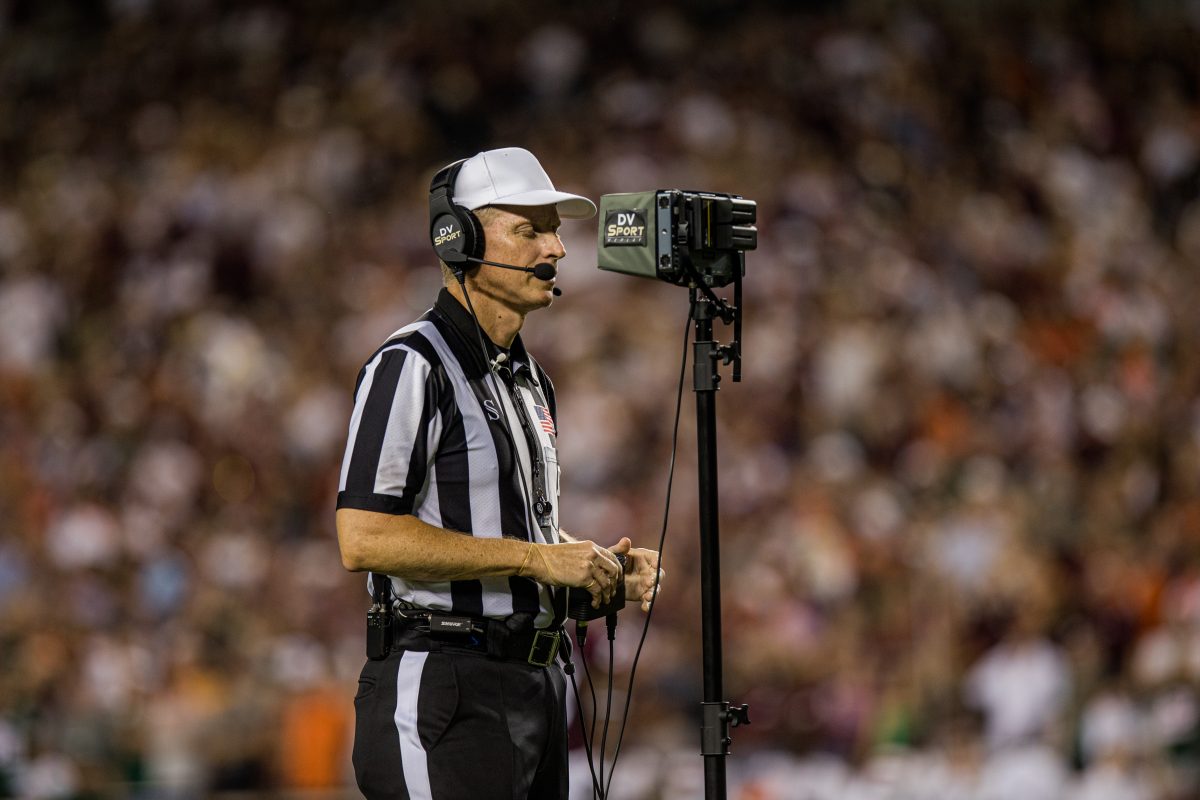
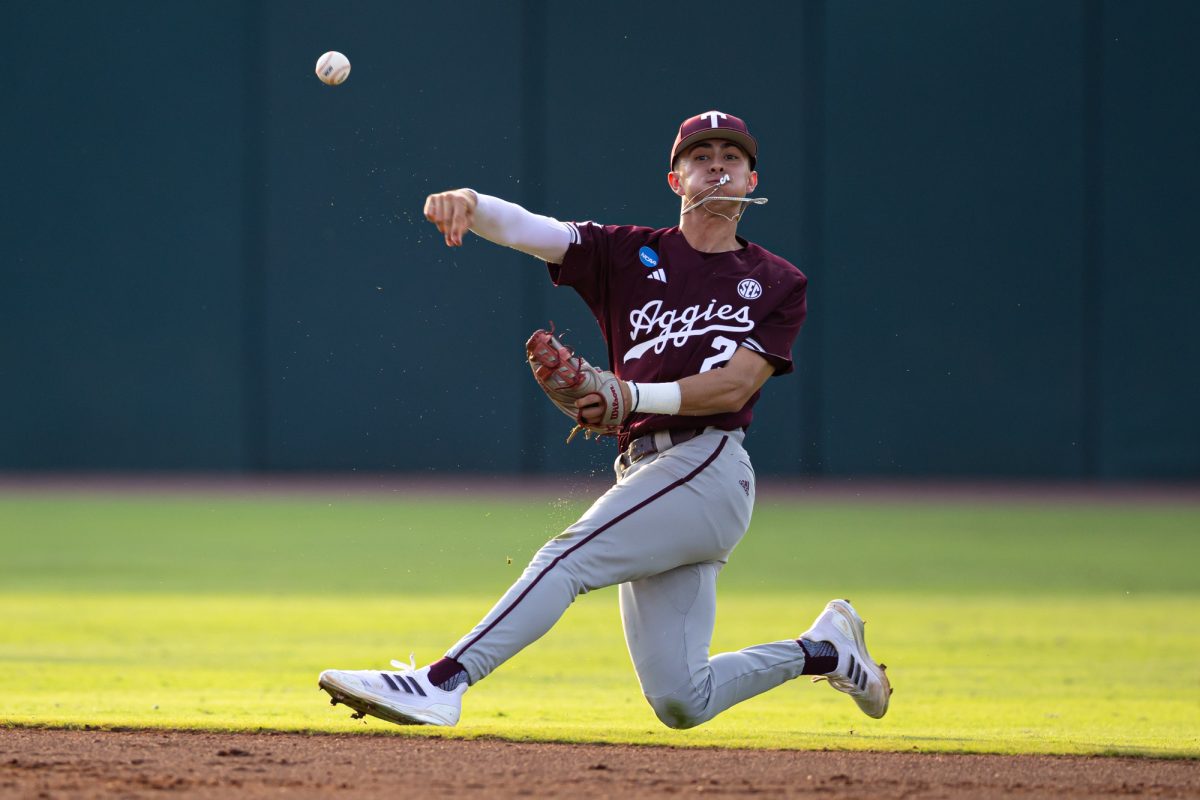
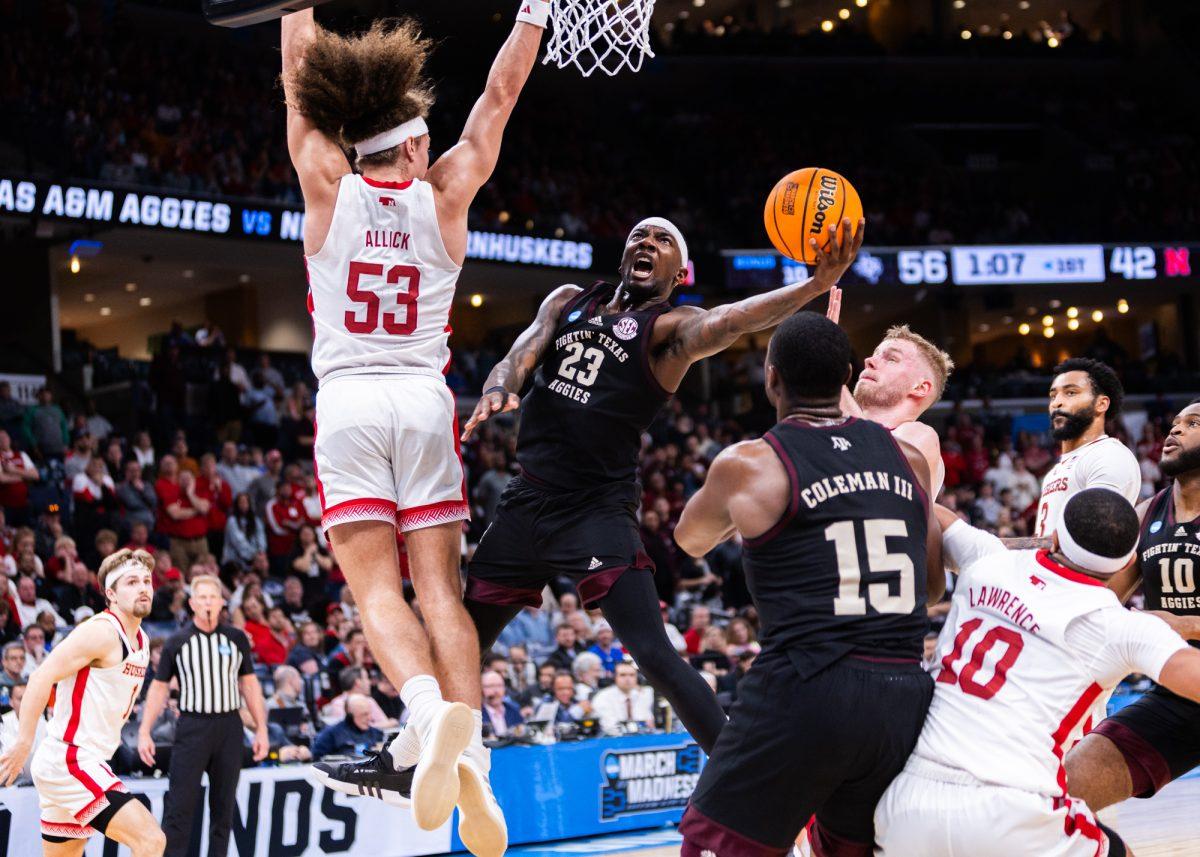
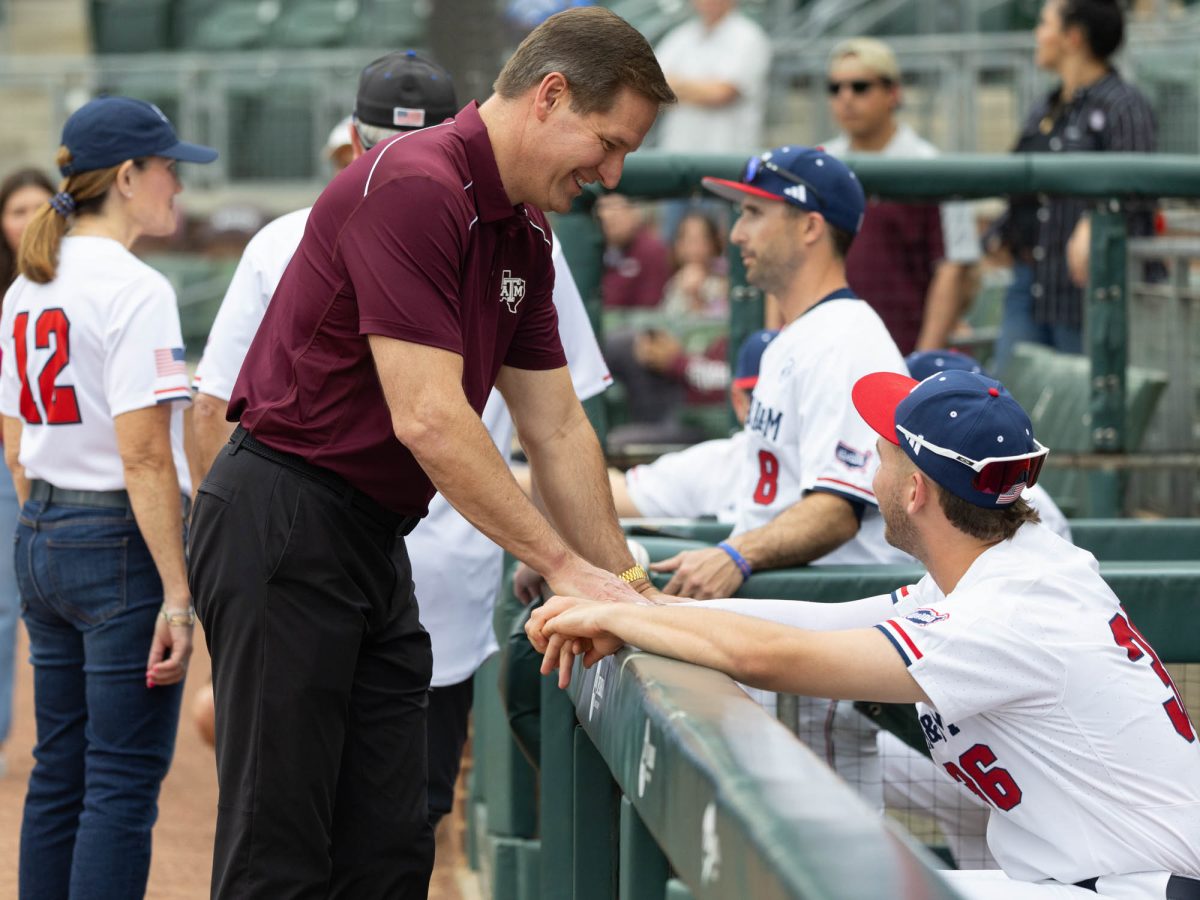
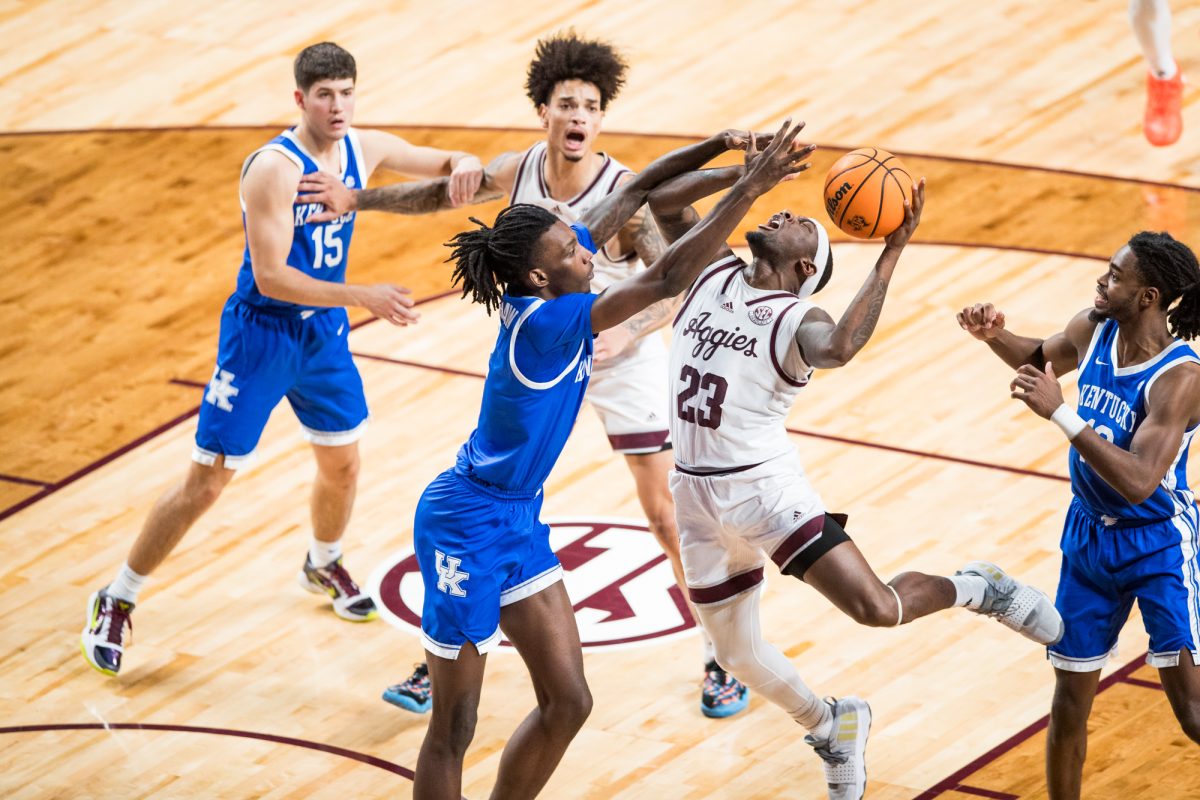
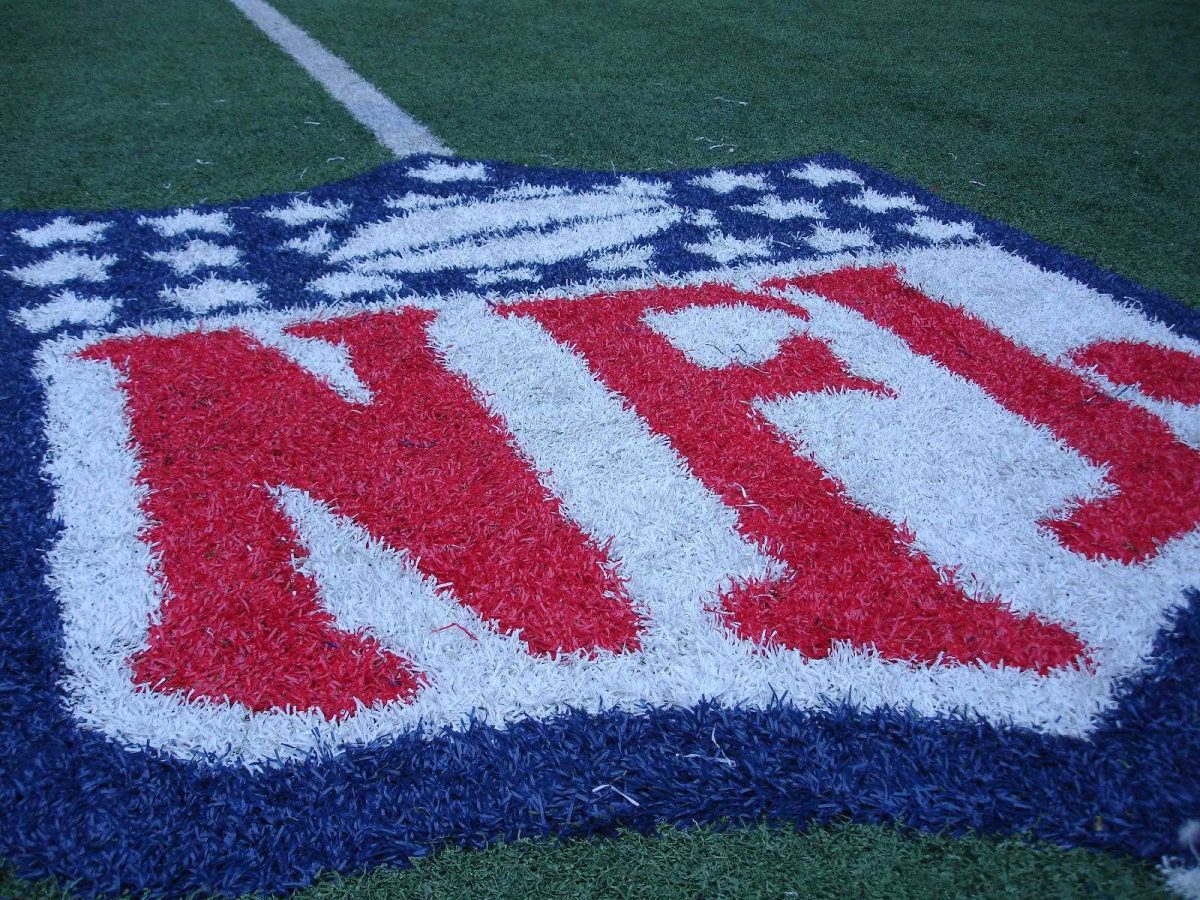
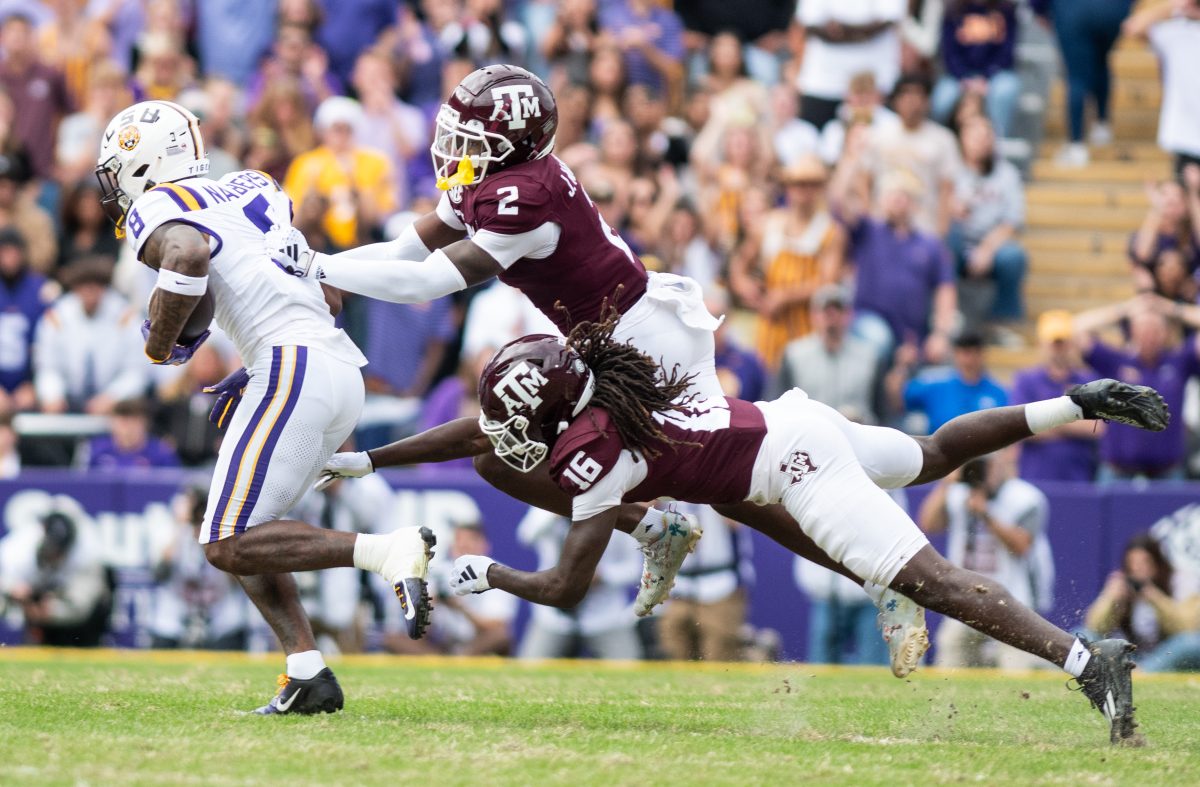


David R Calvert • Apr 11, 2024 at 3:16 pm
My GRIPE : The defense man commits and then – as revealed by the slow motion – the offensive man dunks His Head causing the contact but only the defensive man gets punished!! Review should include – did the ball carrier lead with HIS Helment!! and should he be ejected??